Description
A Hands-On Guide to Fine-Tuning Large Language Models with PyTorch and Hugging Face
Fine-tuning large language models with PyTorch and Hugging Face is the focus of this hands-on guide, giving practitioners a clear, practical path to adapt powerful LLMs for domain-specific tasks. You’ll learn end-to-end workflows—from dataset preparation and tokenization to training loops, evaluation, and deployment—so you can turn foundation models into reliable, efficient solutions for classification, QA, summarization, and generation at production scale.
Course overview
This guide bridges core concepts and pragmatic implementation. You’ll start by understanding transformer architectures and transfer learning, then progress to building robust training pipelines with PyTorch and the Hugging Face ecosystem. Along the way, you’ll apply parameter-efficient fine-tuning (PEFT), optimize memory with mixed precision, and use best practices for reproducibility, experiment tracking, and model governance.
Key learning outcomes
- LLM foundations: Grasp transformers, attention, and why fine-tuning outperforms training from scratch.
- Data readiness: Clean, tokenize, and batch text datasets; handle class imbalance and domain drift.
- Training pipelines: Build Trainer loops, configure schedulers, and apply gradient clipping and accumulation.
- Efficiency: Use mixed precision, LoRA/PEFT, and dataset streaming to fit larger models on limited hardware.
- Evaluation & safety: Design task-specific metrics, perform error analysis, and apply safe generation constraints.
- Deployment: Serve models via Transformers, ONNX, and TorchScript; manage versions, rollbacks, and monitoring.
Study plan & structure
- Module 1: Transformers and transfer learning essentials
- Module 2: Data pipelines, tokenization, and preprocessing
- Module 3: Configuring training: hyperparameters, schedulers, and regularization
- Module 4: Parameter-efficient methods (LoRA, adapters) and mixed precision
- Module 5: Evaluation, error analysis, and iterative improvement
- Module 6: Packaging, deployment, and observability in production
- Capstone: Fine-tune and ship a domain-specific LLM with a monitored API
Explore These Valuable Resources
Explore Related Courses
- Python Foundations for Data and AI
- Deep Learning with PyTorch
- Hugging Face for NLP Practitioners
- Applied NLP: From Preprocessing to Production
- AWS SageMaker for Machine Learning Deployment
Who should read this
Developers and data scientists aiming to adapt LLMs to their domain; ML engineers responsible for reliable training and deployment; and technical leaders who need reproducible processes, measurable performance, and cost-aware scaling strategies. Prior familiarity with Python and basic deep learning is recommended.
Conclusion
With a practical, tested workflow and modern optimization techniques, A Hands-On Guide to Fine-Tuning Large Language Models with PyTorch and Hugging Face helps you ship performant, trustworthy models—fast. You’ll leave with reusable templates, clearer intuition, and production-minded skills to keep your LLMs accurate, efficient, and maintainable.

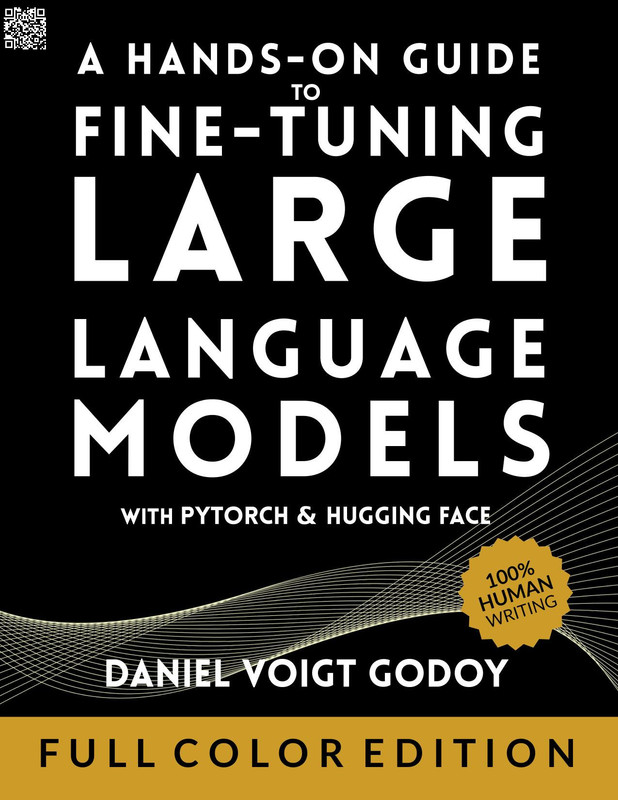

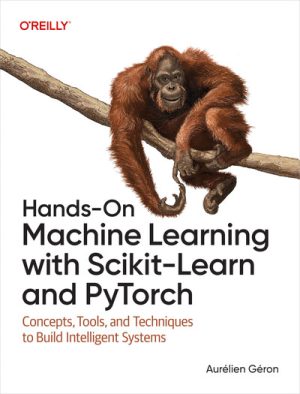



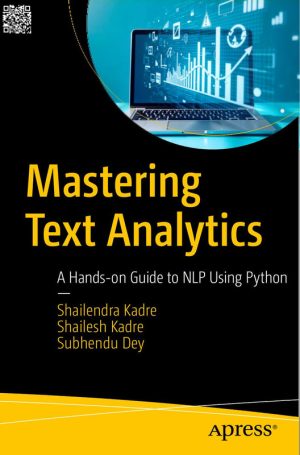
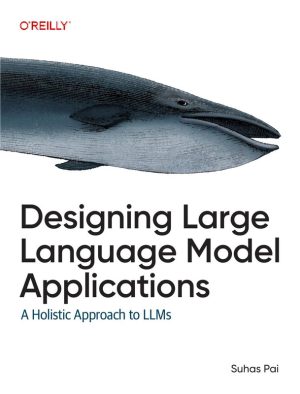
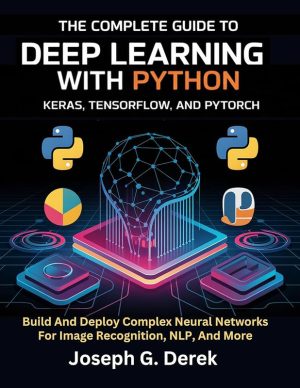
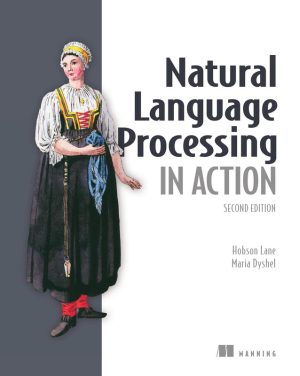



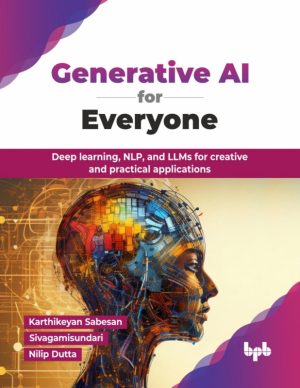


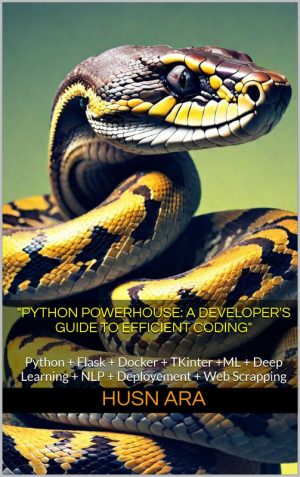
Reviews
There are no reviews yet.